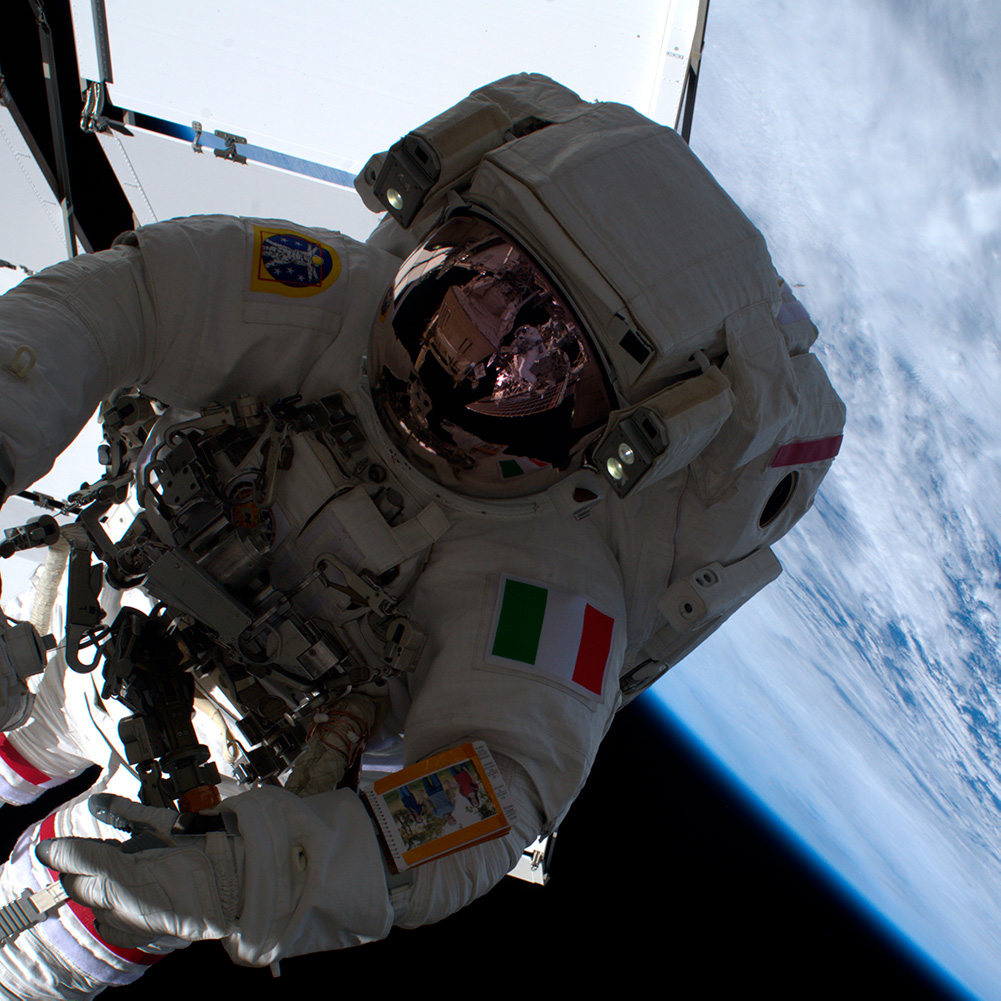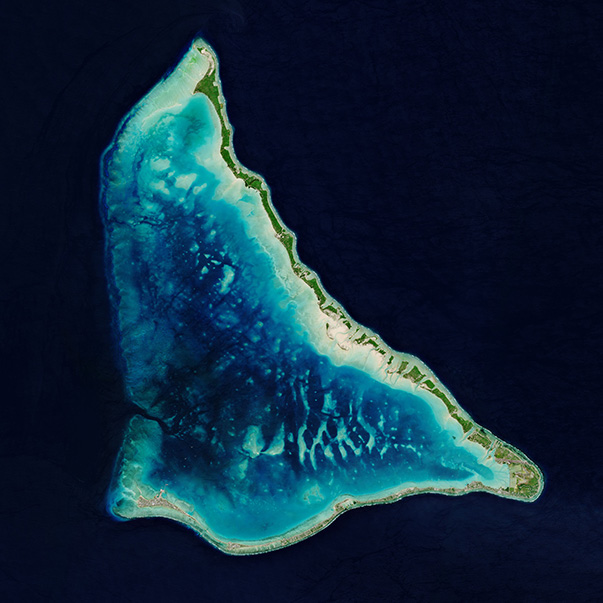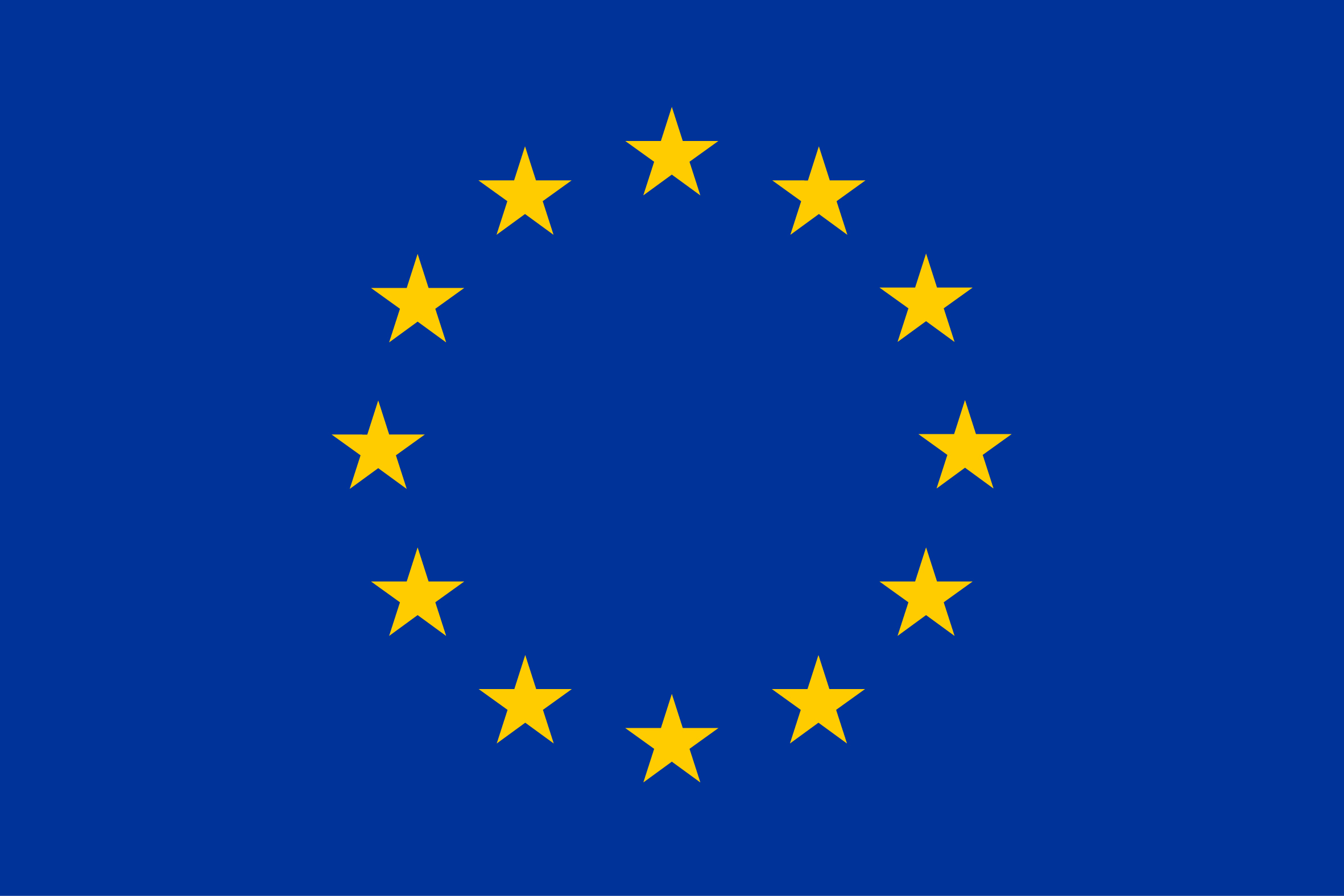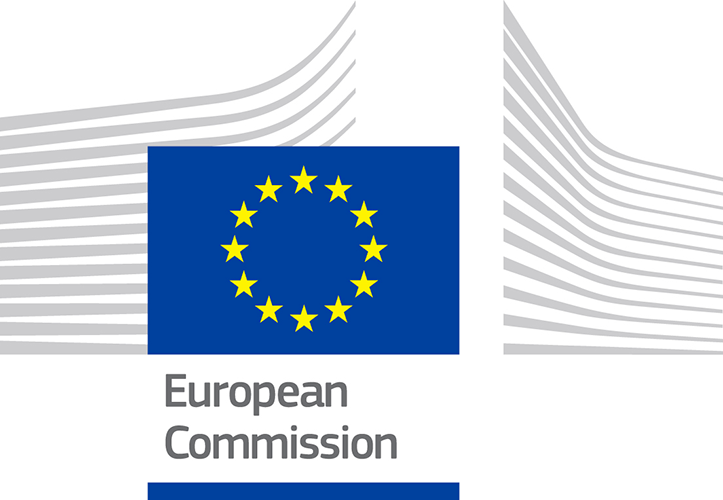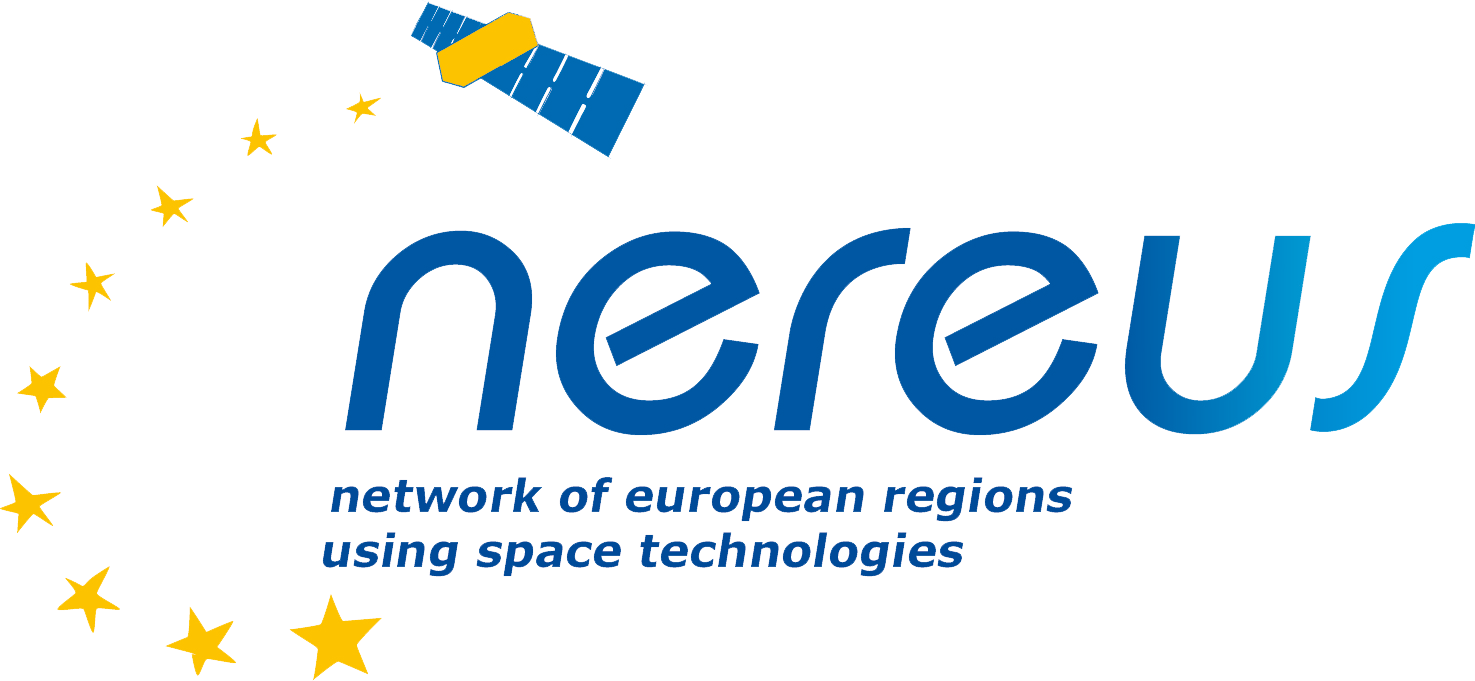Space helps us prepare coastal zones from rising sea water
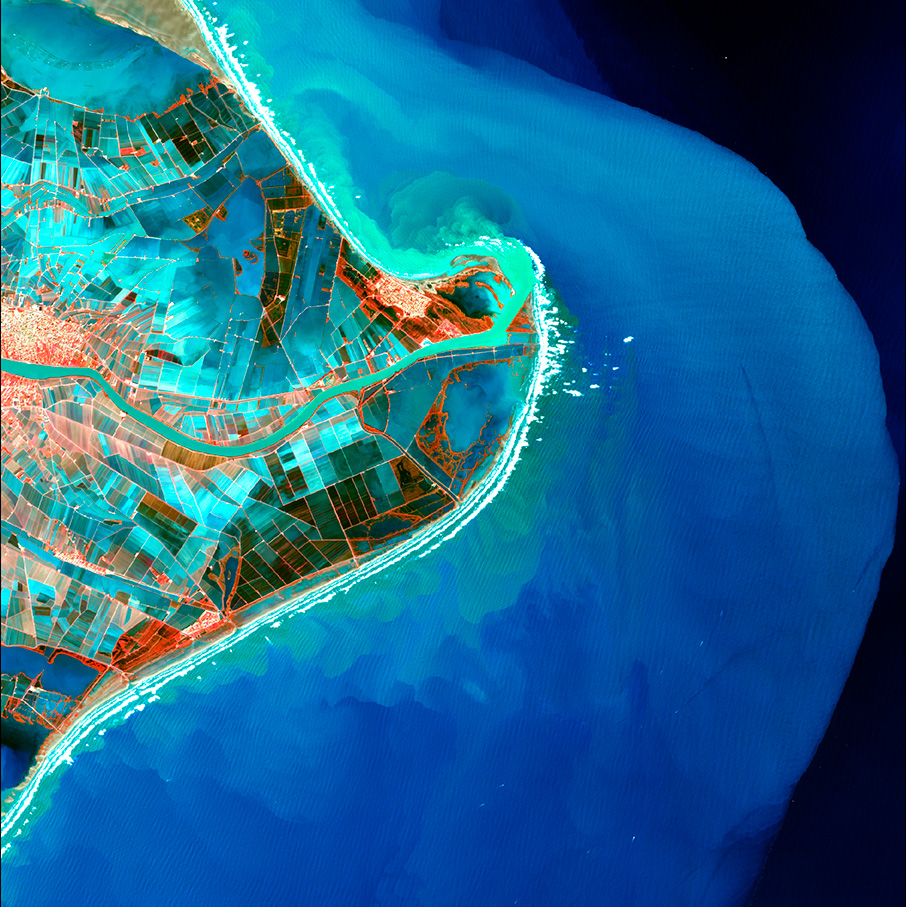
Emmanouela Ieronymidi, Project manager
Planetek Hellas, Athens, Greece
In order to mitigate the climate change impacts, our project for a European Coastal Flood Awareness System (ECFAS) uses the Sentinel satellites of the European Union’s Copernicus programme, as well as images offered by ESA through the third-party missions’ programme. The high revisit frequency and high spatial resolution of the Copernicus Sentinel-1 and Sentinel-2 satellites are used to monitor coastal areas affected by coastal floods, the changes in land use, land cover and the position of the shoreline.
Interview
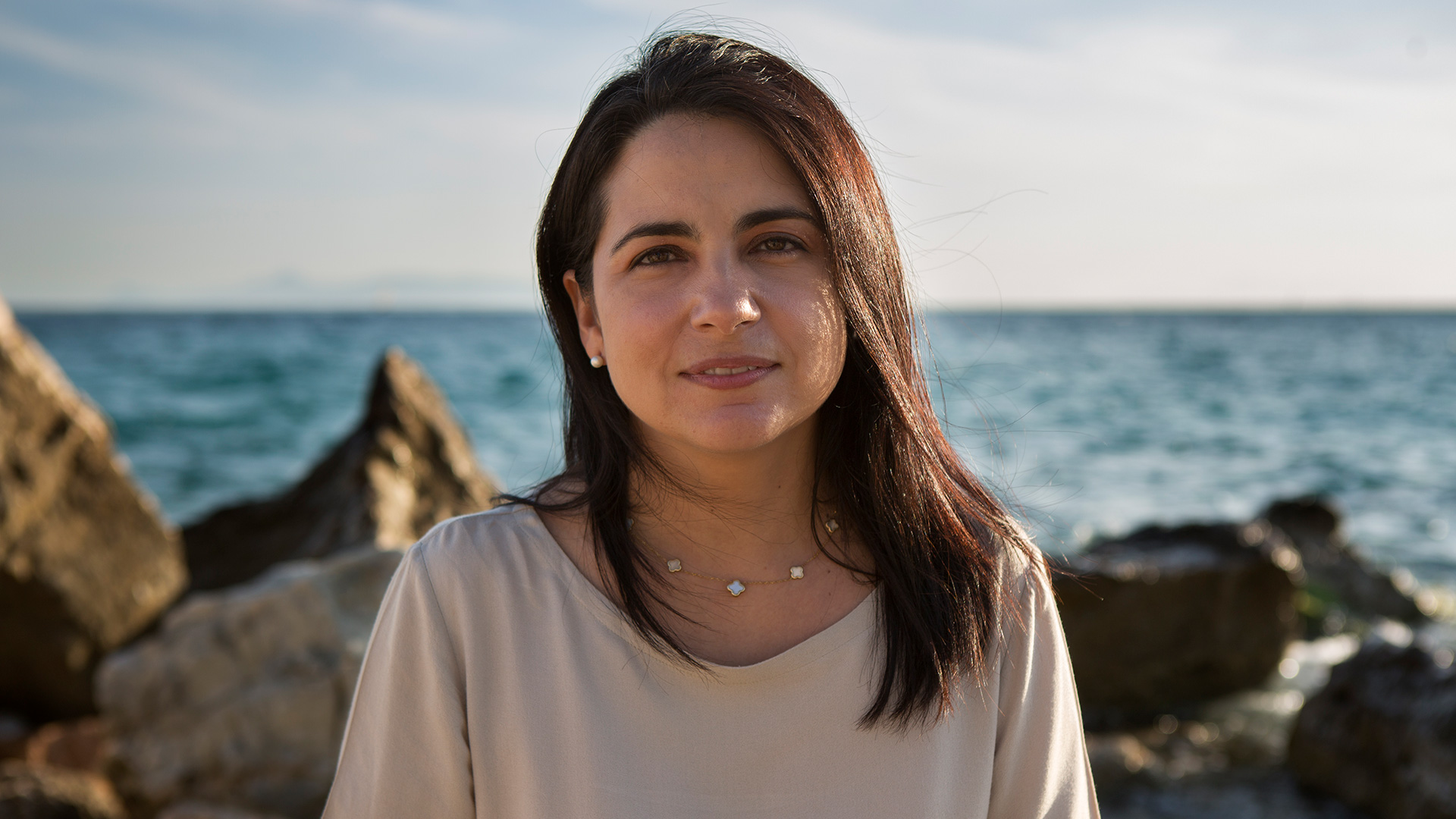
My name is Emmanouela Ieronymidi. As many of you, I am here to respond to Earth’s wake-up call to climate change, the biggest threat to our future. Being an Earth observation expert who exploits space technologies in Risk Management of natural disasters, I use satellite data to contribute to the fight against climate change. My educational background includes a Geology degree, a master of science in Geochemistry and a PhD in the field of remote sensing.
I am the project manager on Earth Observation for Emergency at Planetek Hellas, which is a Greek company, located in Athens, and member of the Planetek group. Planetek Hellas operates in the field of satellite remote sensing, spatial data infrastructure and software development for “on-board” and “ground” space applications.
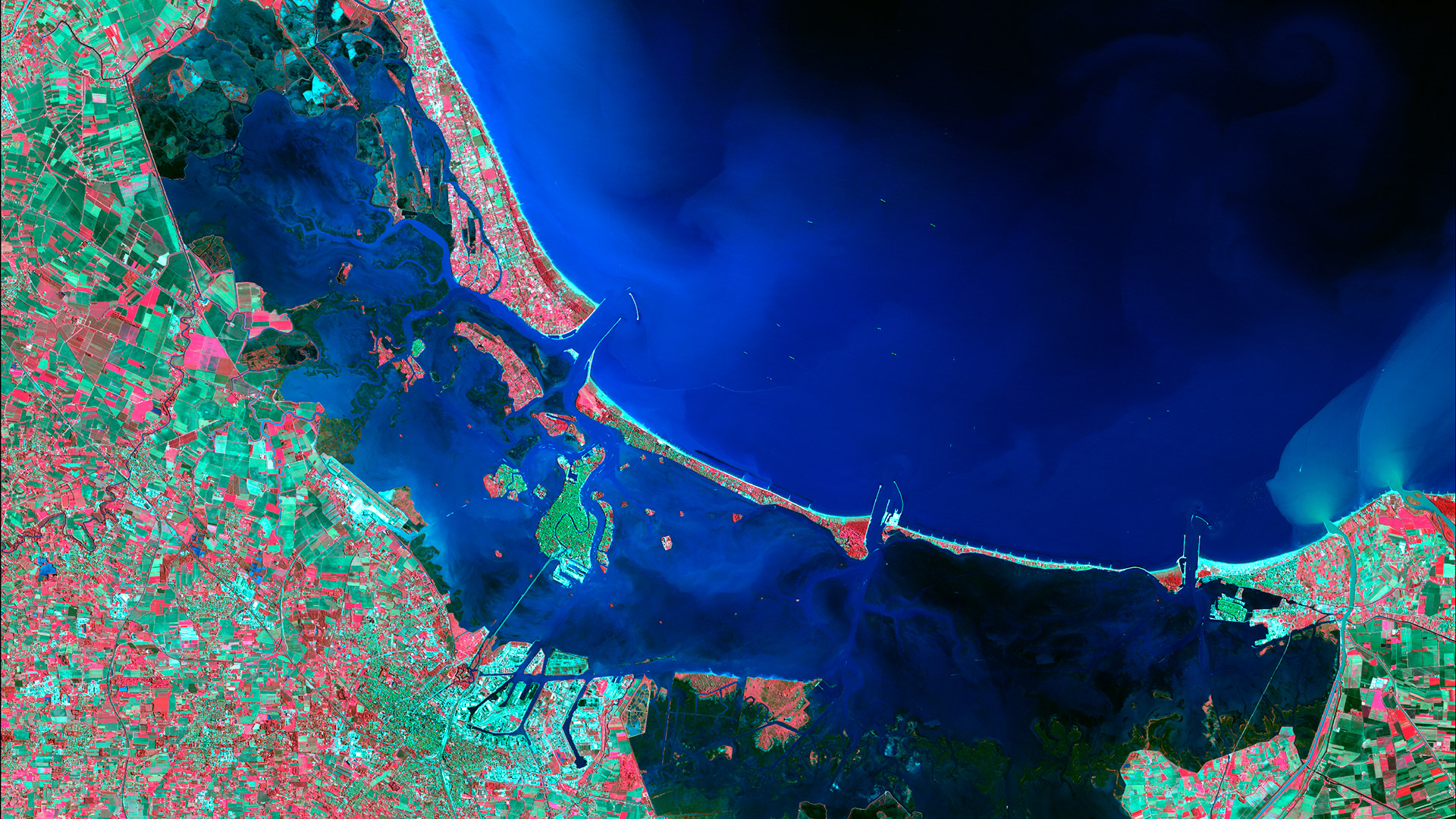
My mission, as a scientist, is to use all the Earth observation knowledge and technological means available to tackle climate change and raise people’s awareness.
As an individual, my mission is to protect nature and hand a healthy planet onto the next generation.
Climate change affects coastal areas through the rise in sea levels and the increase in the ocean’s temperature. The consequences are catastrophic for humans and coastal ecosystems. Extreme natural events, coastal storms, coastal erosion and, the most frequent of all, coastal floods, which have the severest consequences. Such phenomena may threaten coastal populations, settlements or infrastructures. They are also dangerous for coastal ecosystems and for water and fishery resources and may result in severe economic disruption.
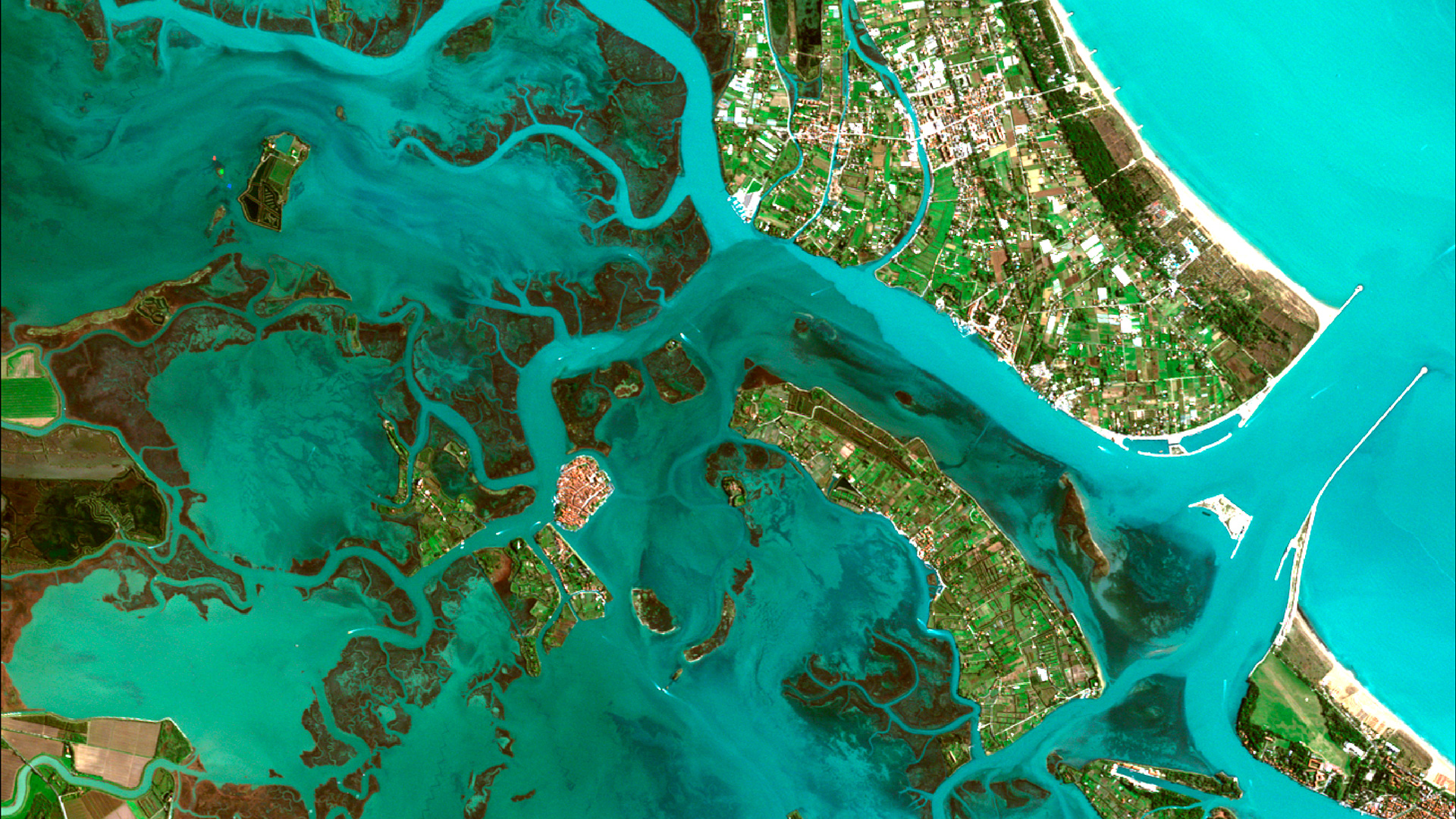
One example is the storms that occurred in January and February of 2020, that affected North Sea and Mediterranean countries. They caused significant damage, and extensive flooding and erosion of coastal areas. The Ebro delta in Spain was flooded up to 3 kilometres from the coastline. Thirty square kilometres of rice fields were destroyed, which caused an estimated loss of several million Euros to the National economy.
In order to mitigate the climate change impacts, our project for a European Coastal Flood Awareness System uses the Sentinel satellites of the European Union’s Copernicus programme, as well as images offered by ESA through the third-party missions’ programme.
The high revisit frequency and high spatial resolution of the Copernicus Sentinel-1 and Sentinel-2 satellites are used to monitor coastal areas affected by coastal floods, the changes in land use, land cover and the position of the shoreline. The Copernicus Sentinel-1 satellite is of particular benefit under heavy cloud coverage.
Copernicus Sentinel-2 helps detect change after a flood event and assess impact.
The Copernicus Sentinel-3 altimetry satellite data will be used for monitoring the sea levels, in combination with in-situ data.

There are various ways to help the fight against climate change. I would like to draw the attention of Space for our Planet visitors to Earth Observation, which is a constantly evolving field and has a tremendous potential in helping in the race against climate change.
My message to our visitors mainly addresses the younger generation whose role is vital in stopping climate change before it’s too late.
Today we have the necessary earth observation technology, but we need more people for success. The more people who get involved in the advancement of earth observation technology and downstream applications, the better the chances we have of winning this race.
Take urgent action to combat climate change and its impact
Check out more
